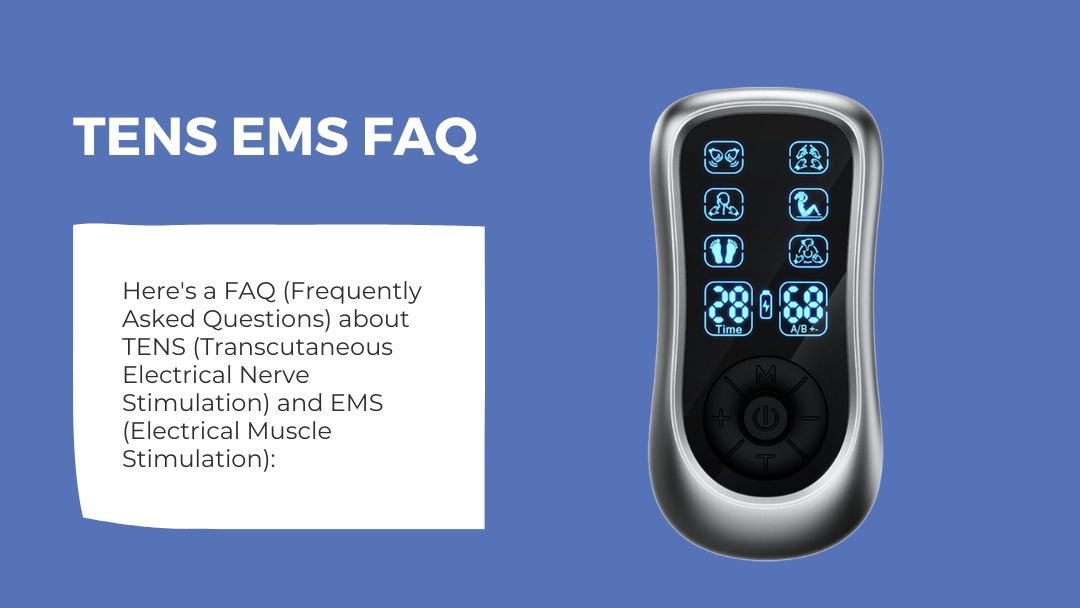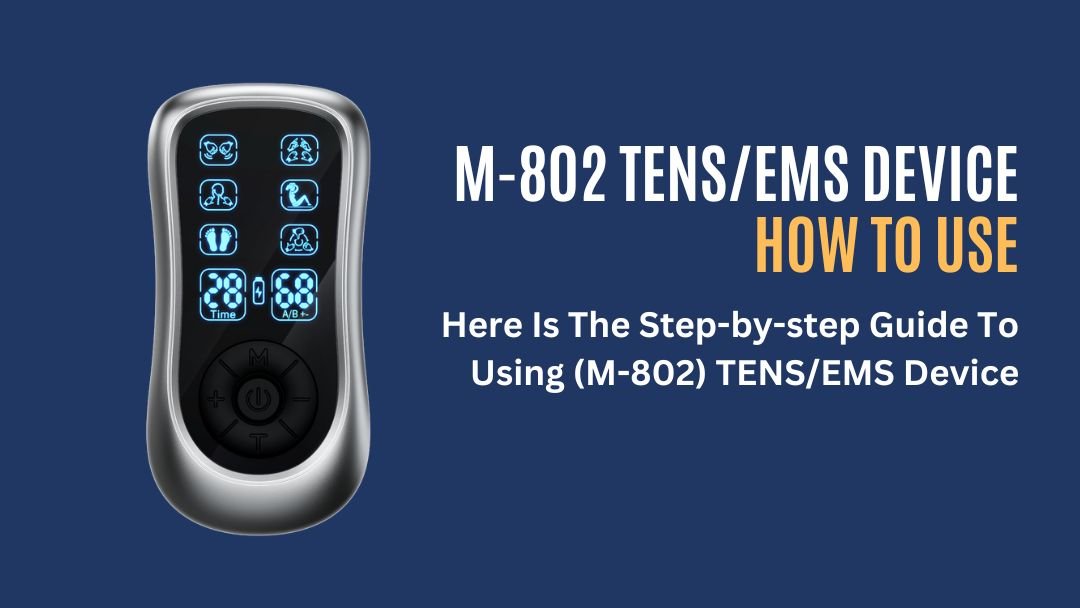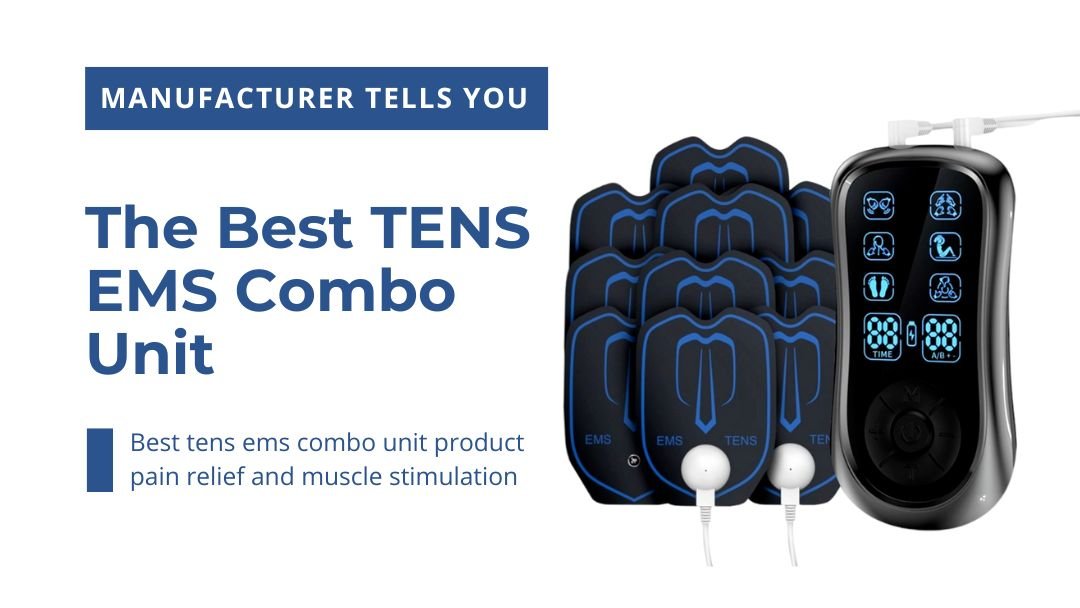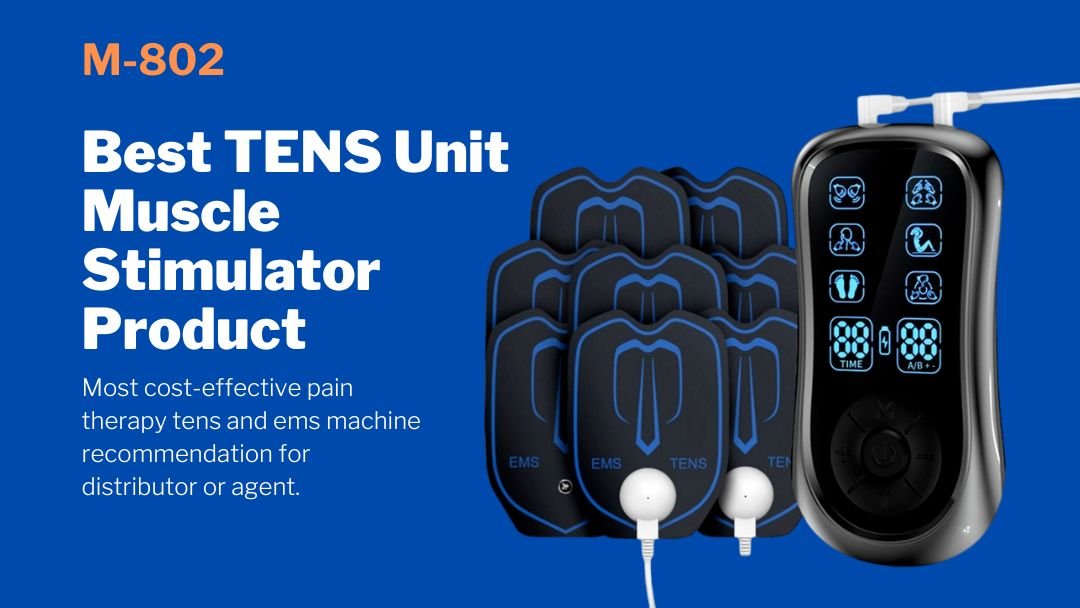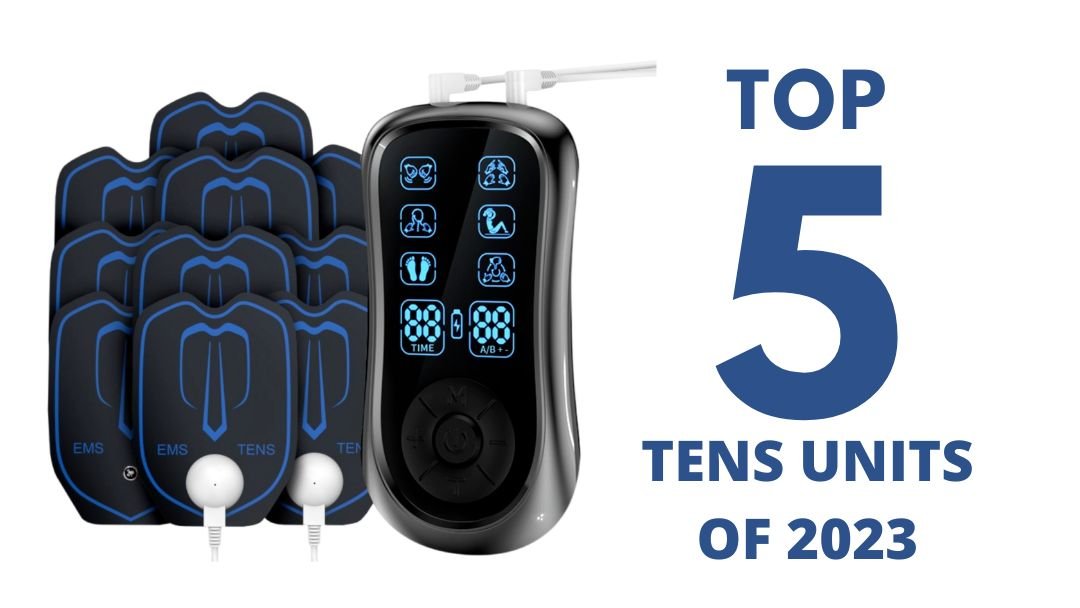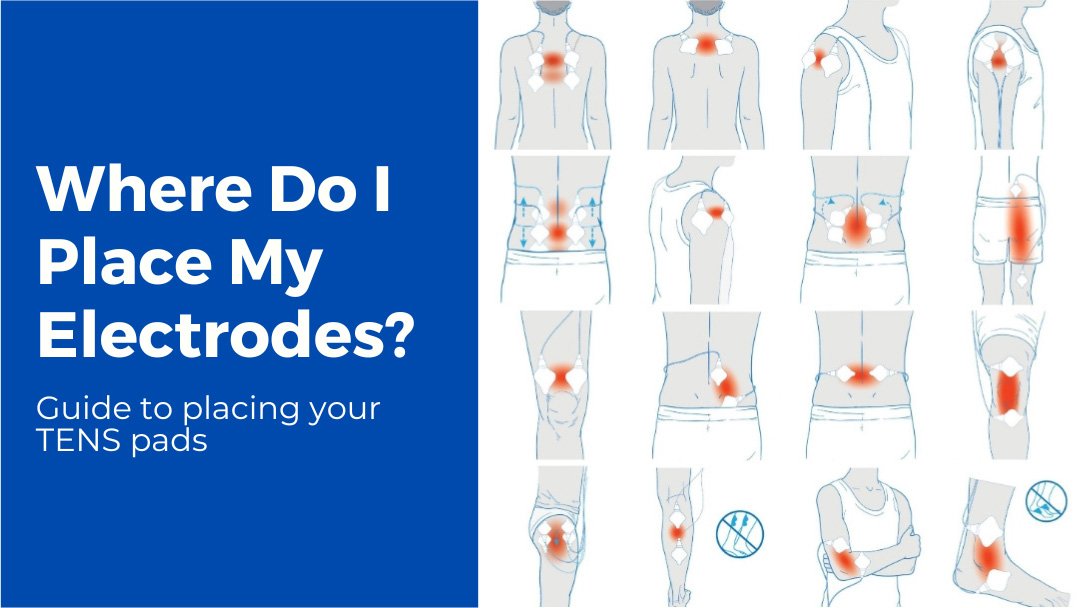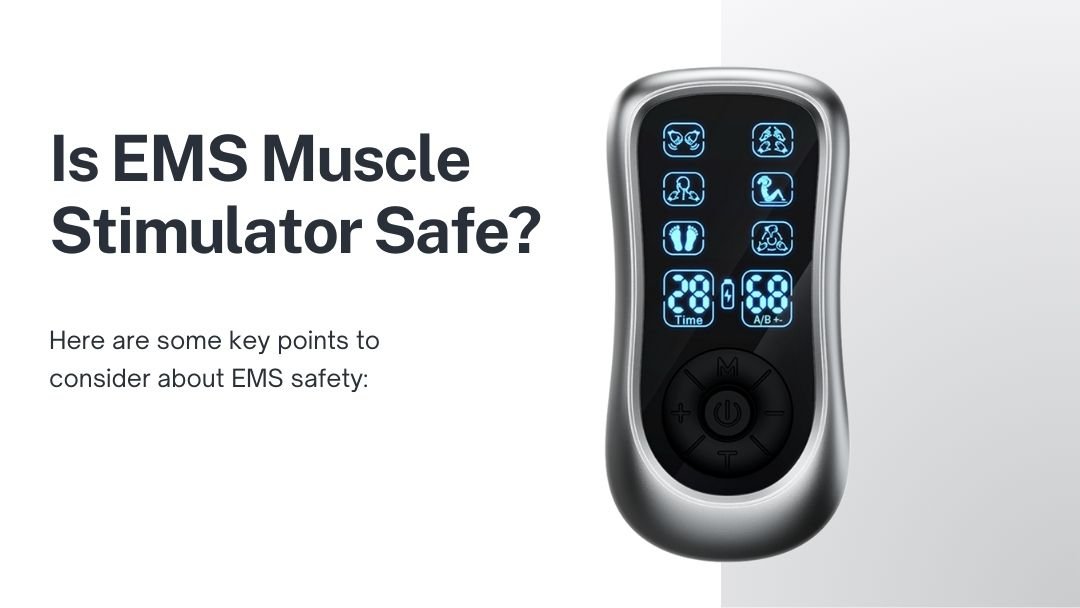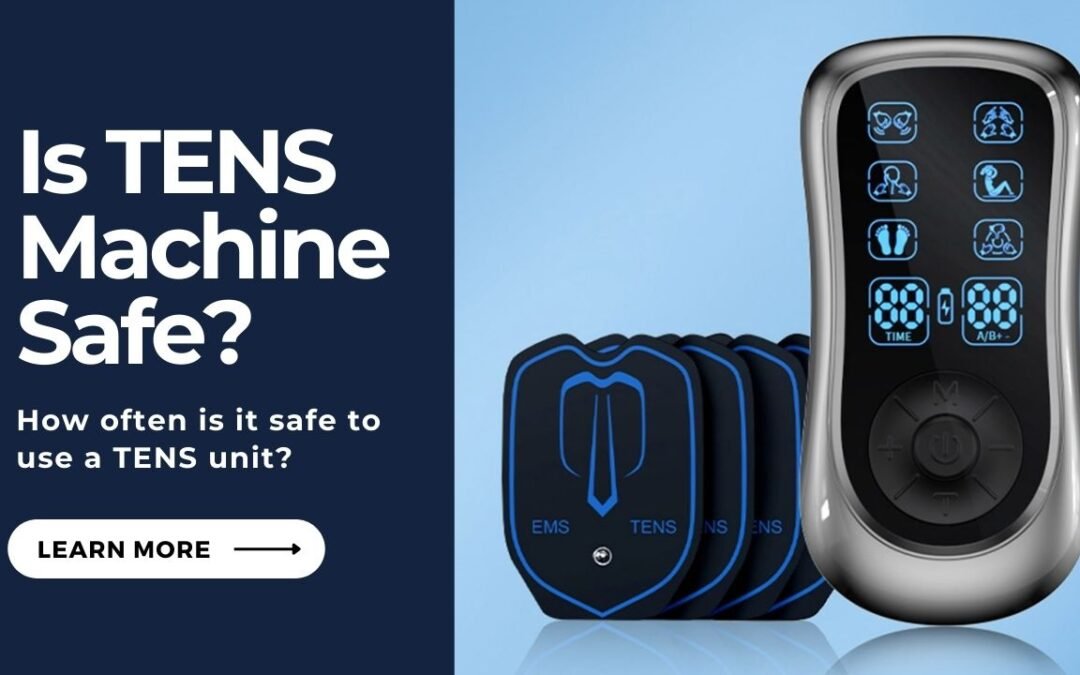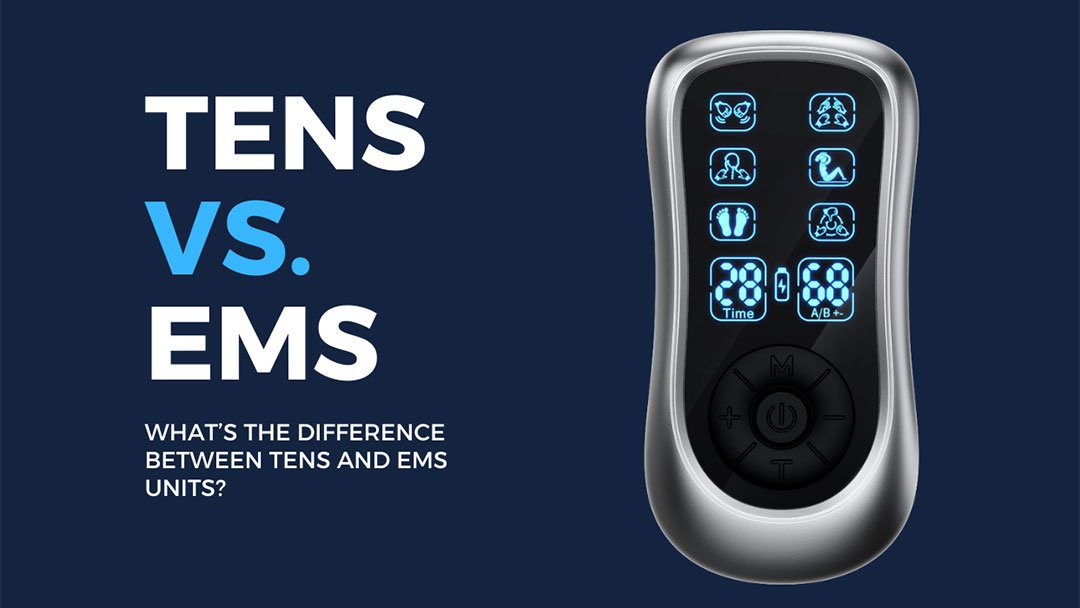Here’s a FAQ (Frequently Asked Questions) about TENS (Transcutaneous Electrical Nerve Stimulation) and EMS (Electrical Muscle Stimulation):
Table of Contents
What is TENS?
TENS stands for Transcutaneous Electrical Nerve Stimulation. It is a non-invasive therapy that uses low-voltage electrical currents to alleviate pain. Electrodes are placed on the skin near the painful area, and the electrical impulses help to interfere with and block pain signals from reaching the brain.
What is EMS?
EMS stands for Electrical Muscle Stimulation. It is a technique that uses electrical currents to stimulate muscles, causing them to contract and relax. EMS is often used in physical therapy, sports training, and muscle rehabilitation.
What are the main differences between TENS and EMS?
The main difference is their purpose and application. TENS is primarily used for pain relief, targeting nerves to reduce pain signals, while EMS is used for muscle stimulation, targeting muscle groups to cause contractions.
How do TENS and EMS devices work?
Both TENS and EMS devices use electrodes that are placed on the skin. The devices deliver electrical currents through these electrodes. In TENS, the electrical impulses target nerves, while in EMS, they target muscles, causing them to contract.
Are TENS and EMS devices safe to use?
When used as directed, TENS and EMS devices are generally safe for most people. However, it’s essential to follow the manufacturer’s instructions and consult with a healthcare professional before using them, especially if you have any underlying health conditions or are pregnant.
What conditions can TENS help with?
TENS is commonly used to manage various types of pain, including chronic pain, arthritis pain, back pain, and postoperative pain. It is also used in some cases of nerve-related pain conditions.
What conditions can EMS help with?
EMS is often used for muscle rehabilitation, strength training, and reducing muscle atrophy after injuries. It can also be used to improve muscle tone and enhance athletic performance.
Are there any risks or side effects associated with TENS or EMS?
When used correctly, both TENS and EMS are generally safe and well-tolerated. However, some potential side effects may include skin irritation, mild muscle soreness, and, in rare cases, muscle twitching or overstimulation. Always follow the instructions and use the devices responsibly.
Can anyone use TENS or EMS devices?
TENS and EMS devices are generally safe for most people. However, certain individuals, such as those with pacemakers, heart conditions, epilepsy, or pregnant women, should not use these devices without consulting a healthcare professional.
How often and for how long should I use TENS or EMS?
The frequency and duration of TENS or EMS use depend on your specific condition and the device’s guidelines. Typically, sessions last between 15 to 60 minutes, and the frequency of use may vary from daily to several times per week, as recommended by your healthcare provider or the device’s instructions.
What is a TENS/EMS combo unit?
A TENS/EMS combo unit is a medical device that combines two types of electrical stimulation therapies: Transcutaneous Electrical Nerve Stimulation (TENS) and Electrical Muscle Stimulation (EMS). TENS is used to relieve pain, while EMS is used to stimulate muscles for therapeutic purposes.
How does a TENS/EMS combo unit work?
The device delivers electrical impulses through electrodes placed on the skin. In TENS mode, the electrical stimulation targets nerves to block pain signals from reaching the brain. In EMS mode, the electrical stimulation targets muscles, causing them to contract and relax, which can help with muscle recovery and rehabilitation.
What conditions can a TENS/EMS combo unit help with?
TENS mode is commonly used for various types of pain relief, such as chronic pain, arthritis, and muscle pain. EMS mode can be used for muscle strengthening, recovery after injury, and reducing muscle spasms.
Is it safe to use a TENS/EMS combo unit?
When used correctly and as prescribed by a healthcare professional, TENS/EMS combo units are generally safe. However, certain individuals should avoid using these devices, such as pregnant women, people with pacemakers or other implanted electronic devices, and those with certain medical conditions. It’s important to consult a healthcare professional before using the device.
How do I use a TENS/EMS combo unit?
Always follow the manufacturer’s instructions and any guidance provided by your healthcare provider. Generally, you will need to place the electrodes on or near the area of pain or muscle you want to target. The device settings can be adjusted to control the intensity, frequency, and duration of the electrical stimulation.
Can I use TENS and EMS simultaneously?
Some TENS/EMS combo units offer the option to use both therapies simultaneously. However, this should only be done under the guidance of a healthcare professional, as combining the two modes might not be suitable for all conditions.
How often should I use a TENS/EMS combo unit?
The frequency of use will depend on your specific condition and the advice of your healthcare provider. They will typically provide you with a recommended treatment plan, including the duration and frequency of use.
Are there any side effects of using a TENS/EMS combo unit?
When used correctly, side effects are rare. However, some individuals may experience skin irritation or allergic reactions to the adhesive electrodes. Using the device at too high an intensity or for an extended period might cause muscle soreness.
Can I adjust the settings on my TENS/EMS combo unit?
Most TENS/EMS combo units come with adjustable settings, allowing you to control the intensity, frequency, and duration of the electrical stimulation. Always start at a low intensity and gradually increase as needed, following the instructions provided.
Can I use a TENS/EMS combo unit without a prescription?
In many places, you can purchase TENS/EMS combo units without a prescription. However, it is advisable to consult with a healthcare professional before using the device, especially if you have any pre-existing medical conditions or concerns.
